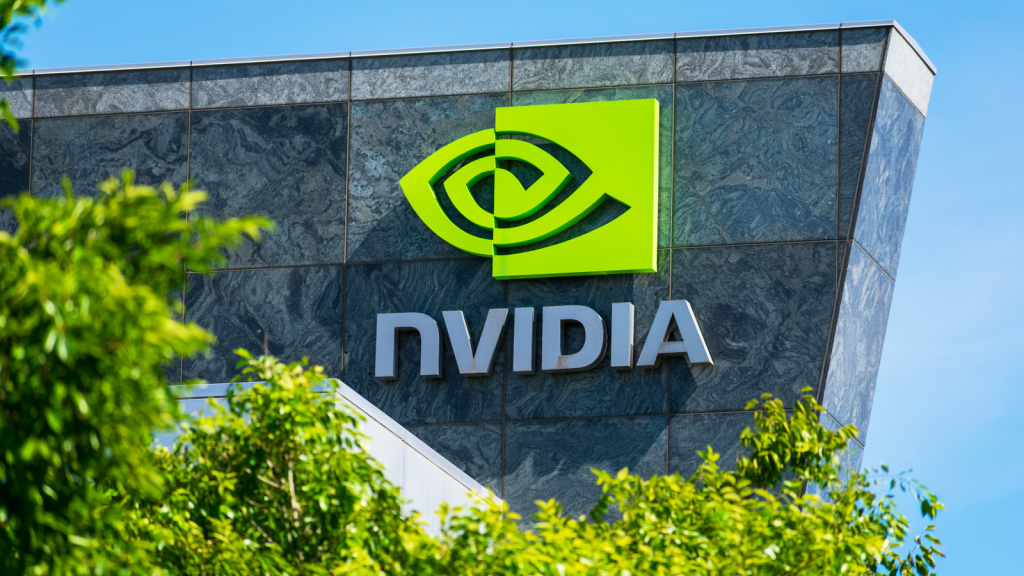4 AI Applications To Manufacturing
Many aspects of the AI revolution are geared toward knowledge work – partly because these new models are so good at thinking in human-like ways. We’re not used to computers being able to contemplate doing the job of a paralegal, or a writer, for example.
AI in manufacturing is much different. It takes rote processes, and applies artificial intelligence to precision and doing things right.
As I’ve been hearing about all sorts of use cases and applications at conferences and events, I’ve been thinking about some of the fundamental pillars of manufacturing automation with AI.
I think that these provide a good survey of what companies are doing to automate traditional processes.
I’ve written about this before, and I’ve heard over a dozen experts explain it in various ways. (Who am I kidding? More like a few dozen.)
In a nutshell, it seems like this is how digital twinning has to do with manufacturing.
The user will create a digital twin of a simulated factory process to show the ideal result. Then they will run the physical process, and compare it to the digital twin. This is a type of precision reinforcement that can help with defects and process errors.
That’s the basic idea, but there’s more in terms of how you set up digital twinning. For example, in a Ted talk centered on this type of application, John Hart (someone with MIT connections) uses this description of how to use digital twinning:
“Before a part is ever printed, such as the watch housing in my hand, we're able to simulate the process,” he says. “We built and adopted software tools to simulate the process, to virtually lay out the print, and then when the printing starts, we do a relatively straightforward thing that's really important. The printer takes pictures every time it completes a layer, and then, on the fly, looks for microscopic flaws. And the process runs uninterrupted. If flaws are detected, (or) as flaws are detected, it can identify ways to correct for those flaws. And at the end of the print, there is a digital twin of the printed geometry that can be compared to the expected outcome, and can also be used to train the system over time.”
That’s one model, but there are others, too. Digital twinning is soon to be a best practice in industries from defense to transportation and medical equipment manufacturing.
Then there is “cobots,” the portmanteau for “collaborative robots” that people use to talk about automated machines working side-by-side with humans.
What do these machines do?
Well, cobots can do a lot, with everything from repetitive motion assembly, to inspection, to hauling materials to exactly where they need to be for a manufacturing process.
The key is that the cobots are built to help humans – rather than industrial robots, which are built for precision, cobots tend to be built for economics and safety.
When you talk about the “factory in a box,” you’re talking about self-contained systems that can be stood up at demand locations. They’re also very versatile in creating different kinds of products.
“Equipped with AI-driven automation, IoT sensors and real-time data analytics, these units enable flexible, localized production,” write Matthew Finio and Amanda Downie for IBM. “This allows companies to bring manufacturing closer to demand, reduce logistics costs and rapidly respond to changing needs.”
There’s also often a need for dedicated systems to provide central control in manufacturing environments. Overarching architectures establish baselines and enable more rigorous evaluation and process optimization.
This resource from Tupl goes over Manufacturing Execution Systems (which authors refer to as a “bridge between the production floor and the enterprise’s higher-level operations”), Enterprise Resource Planning software and SCADA (Supervisory Control and Data Acquisition) data collection systems on the floor.
In his talk, Hart also theorizes three major advances with multimodal systems.
One is the proliferation of new product design designs.
The second is that manufacturing flexibility of a “factory in a box” design.
The third is changes to the value chain, where these innovations are going to make production and delivery different for companies.
Those are some of the fundamental technologies that are “collapsing complexity,” in Hart’s words, and driving new ways of production.
For people who are used to talking about business process optimization, I would use the term “business process revolution” or “business process transformation” in thinking about big transitions to AI-native designs that will make tomorrow’s factories look much different from what we have today.










